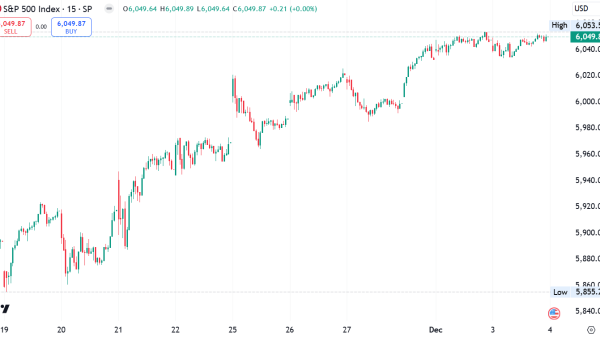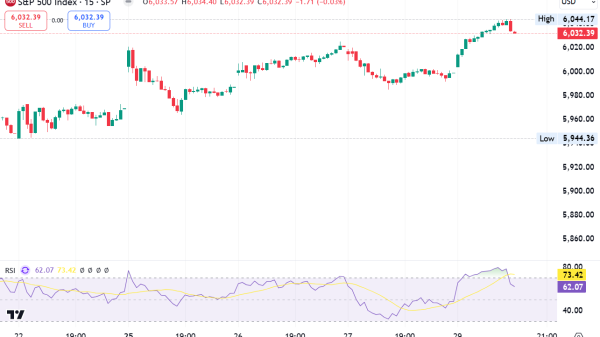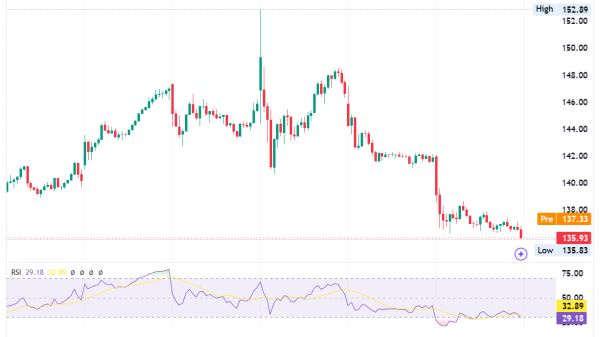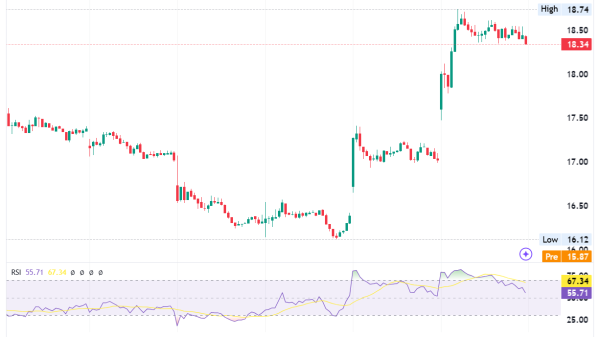U.S. Housing Shortage Persists: Inventory Hits Record Low
Quick Overview:
Continued Low Supply: U.S. housing inventory remains critically low, with a supply of only 3.2 months as of March 2024, far from the balanced market benchmark of 5-6 months.
Pandemic & Interest Rates Impact: COVID-19 exacerbated shortages due to increased demand and construction delays, while high interest rates discourage current homeowners from selling.
Long-term Issue: The shortage is deep-rooted, influenced by historical downturns and recent crises, with no quick resolution in sight as housing builds fail to keep up with job growth.
Understanding the U.S. housing shortage requires a glance at the numbers. According to the National Association of Realtors (NAR), housing supply hit a record low of 1.6 months in January 2022, meaning selling every available home at the current sales pace would take less than two months. As of March 2024, inventory had improved slightly to 3.2 months. However, this still falls short of the 5 to 6 months considered a balanced market. For context, the U.S. Census Bureau and the U.S. Department of Housing and Urban Development (HUD) noted that new housing starts were down 4.3% from March 2023 and 14.7% month-over-month, indicating a continuing trend of low supply.
Adding to this, Redfin revealed that only 15.5% of listings in 2023 were affordable for a typical U.S. household. This statistic starkly contrasts with the peak years of housing affordability. Investor activity also played a role, with Realtor.com reporting that institutional investors accounted for 8% of home purchases in December 2022, further squeezing inventory.
How Did We Get Here?
The Great Recession’s Lingering Impact
The housing inventory conundrum traces back to the Great Recession of 2007-2009. New home builds peaked in January 2006 at 2,200 units, only to plummet to a mere 478 units in April 2009, according to the St. Louis Fed. Despite a gradual recovery, construction hasn’t yet returned to pre-recession levels, creating a deficit that the market has struggled to fill.
The COVID-19 Effect
Then came the COVID-19 pandemic, which exacerbated the housing shortage in several ways. Rising material costs, supply chain disruptions, and labour shortages stalled construction. Demand, however, didn’t wane, as people sought larger living spaces while working from home. The result was a perfect storm that widened the housing gap.
Interest Rate Roller Coaster
Interest rates are another key player. At 7.39% for a 30-year fixed mortgage as of May 2024 (Bankrate), rates have left many would-be sellers locked into their sub-5% mortgages, as highlighted by Sean Roberts, CEO of Villa. He pointed out that homeowners with these low-interest mortgages are opting to stay put, further limiting the supply of existing homes for sale.
Housing Demand Soars with Institutional Investors and Millennials
Institutional Investors
Institutional investors have been scooping up properties for flipping or renting, reducing the availability of homes for individual buyers. Their share of the market grew substantially during the pandemic.
Millennials Reach Prime Buying Age
The millennial demographic, a significant cohort, has reached the prime homebuying age. Their increased demand and limited inventory have intensified the competition for homes.
Popular Markets and Metro Migration
Metro areas continue to draw new residents, particularly in markets like Austin, Phoenix, and Atlanta, where population growth has outpaced the housing supply.
Sellers Dominate Market, Buyers Struggle Amid Affordability Crisis
Sellers
The shortage has created an environment where sellers can dictate terms, knowing that the lack of inventory works in their favour. However, many homeowners hesitate to sell due to rising mortgage rates, limiting available homes for sale.
Buyers
Buyers face an uphill battle. They encounter a highly competitive market, with bidding wars driving up prices. With only 15.5% of listings affordable to a typical U.S. household, affordability has become a significant concern. Moreover, buyers often have to compromise on protections or contingencies to secure a property.
How Long Will This Last?
Industry experts agree that the current shortage is not a short-term issue. Sean Roberts noted that houses take time and capital to build, and the solution isn’t straightforward. According to NAR data, across 174 metro areas, there’s only one new permit for every two new jobs. This imbalance points to a continuing struggle to meet demand. A combination of lower interest rates and increased housing builds may alleviate the shortage, but it’s unlikely to be resolved quickly.
All in all, the U.S. housing shortage is a multifaceted problem rooted in historical events like the Great Recession and exacerbated by recent crises such as the COVID-19 pandemic. While incremental improvements in inventory are expected, the shortage will likely persist until economic and demographic trends align more favourably.
The post U.S. Housing Shortage Persists: Inventory Hits Record Low appeared first on FinanceBrokerage.




























